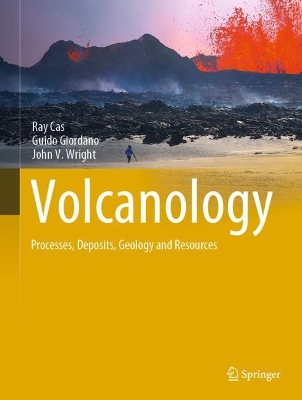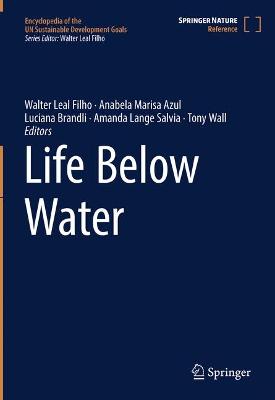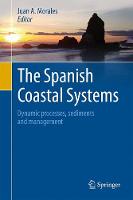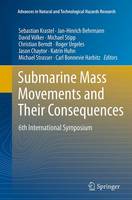Submarine Mass Movements and their Consequences
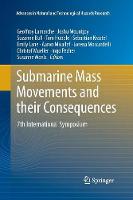 -15%
portes grátis
-15%
portes grátis
Submarine Mass Movements and their Consequences
7th International Symposium
Hubble, Tom; Lamarche, Geoffroy; Lane, Emily; Micallef, Aaron; Krastel, Sebastian; Bull, Suzanne; Mountjoy, Joshu; Moscardelli, Lorena; Mueller, Christof; Pecher, Ingo
Springer International Publishing AG
08/2016
621
Mole
Inglês
9783319372457
15 a 20 dias
9475



